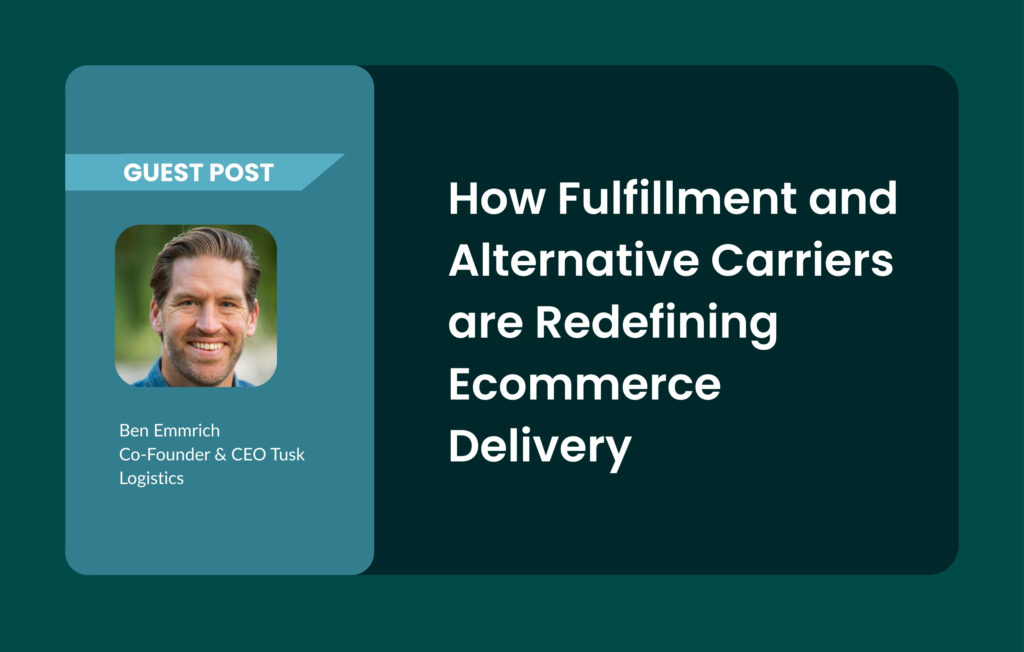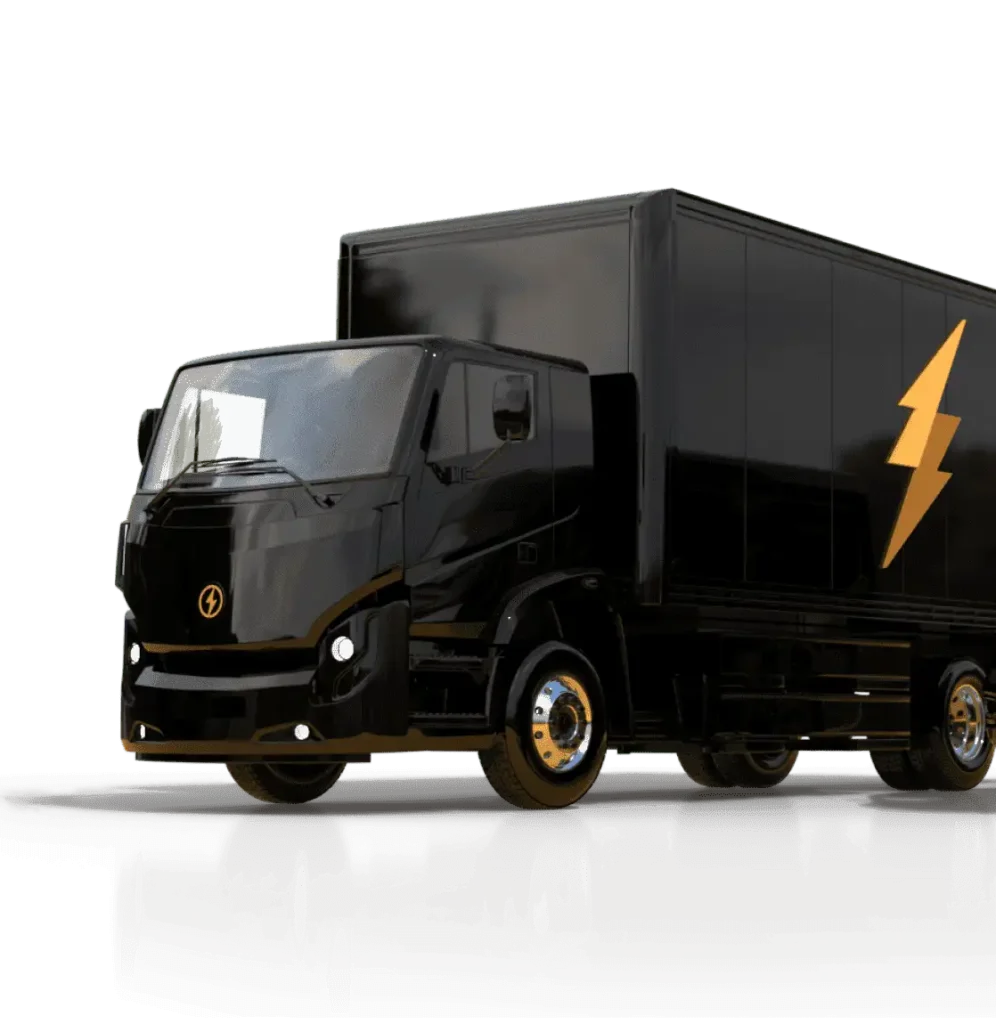In part one of our conversation with GoBolt’s Heindrik Bernabe (Co-founder and CTO) and Aric Pasquill (Director of Product), we explored the logistics technology fueling GoBolt’s shake up of the 3PL and last mile delivery space, and its impact on brands and the industry.
Now, in part two, we dive deeper into the operational strategies and technologies driving GoBolt’s success with Senior Product Manager, Lamya Ezzeldin.
Lamya plays an integral role in making the last mile more sustainable for GoBolt’s brands. Join us as she sheds light on GoBolt’s real-time tracking and dynamic routing technologies that optimize efficiency, enhance customer satisfaction, and how they are shifting the logistics landscape.
How does GoBolt leverage logistics technology to enhance visibility for brands?
Lamya: We leverage real-time truck tracking in two main ways. First and foremost, the availability of live-vehicle GPS location and updated ETAs throughout the day allow us to easily answer questions like “Where’s my order?”, which is one of the most common call-ins that any brand receives. The availability of real-time data on the vehicle location allows us and our brands to very quickly answer that question and proactively manage those requests.
Secondly, the availability of a wealth of data around vehicle location and actual delivery durations allows us to continuously hone in our predictions so we know that day by day our predictions are becoming more and more accurate, and we can provide higher confidence levels to our brand partners on when customer orders are going to arrive.
How has real-time tracking improved operational efficiency and shopper satisfaction?
Lamya: Real-time delivery tracking has allowed us to improve operational efficiencies, in particular in the dispatching process that’s followed on site. We’ve been able to reduce the time needed to investigate performance issues on routes by 80%. That means that it is five times faster for a dispatcher to use our platform to troubleshoot what’s going on with the delivery route, and therefore allows them to provide very quick responses to customer complaints or claims. This allows us to get ahead of a lot of customer issues as well as merchant escalations.
In what ways has real-time visibility enabled better decision making for brands?
Lamya: Real-time visibility has enabled better decision making for brands through the availability of live updated ETAs and real-time deviations. On our platform, we’re able to quickly address claims because our dispatchers and operational resources are being proactively alerted when there are deviations on the route. We can proactively reach out to brands and customers to provide them with immediate visibility to any issues. We’ve seen as a result of that, a corresponding reduction in the amount of orders that have failed or that need to be reattempted, and that subsequently results in fewer claims, better customer satisfaction and a reduction in emissions.
Customer satisfaction often comes down to a brand’s (and therefore 3PL’s) efficiency. So, how does GoBolt employ dynamic routing and optimization to enhance its efficiency?
Lamya: Our delivery volumes shift day by day and week by week. Therefore, static routing or static geographical zones for routing don’t work for us. GoBolt employs dynamic routing to improve the efficiency of routes by constantly reassessing our delivery zones based on our daily volume and our vehicle availability. This includes maximizing the number of routes that can be done by an EV, as well as reducing the total kilometers that our fleet is traveling on a daily basis.
As the adoption of fully optimized routes has tripled in the past year, we’re now in a much better position to trial with technologies like live routing where our routes are constantly being reassessed based on changes to the daily volume and road conditions. What this allows us to do is make sure the maximum percentage of our routes are successful, and that our dispatchers are spending less time planning routes and more time on the floor helping speed up dispatch and loadout processes or spending more time optimizing the sortation and staging on site.
How does dynamic routing allow GoBolt to adapt when things, or circumstances, change?
Lamya: So, we look at the stop density, the historical travel times, and volume in each tiny zone. Then we use that data to build up our predictions of how long an appointment is going to take and how much time it would take for a vehicle to get from point A to point B in this specific zone.
We get really granular within our service area to make sure we are leveraging the most accurate predictions we can get. And we are constantly adapting based on actual data from the vehicles to continue to hone and enhance these predictions. At the same time, we consider vehicle specific factors like its range and volumetric capacity in order to maximize the number of routes that can be done by EVs to help our brand partners with the electrification of their deliveries.
How does it feel to work for a tech-forward 3PL where your work has the power to change the logistics industry in a positive way?
Very much tech-forward is that we can experiment, we can move fast, and we can try out new technologies. In the past year alone, especially on the routing side of things, we’ve implemented small, quick changes in a relatively fast way, and we’ve been able to see results get so much better in such a short amount of time. I think that’s the power of technology and that’s the power of an organization with a culture that allows you to move fast and try new things out like this. It allows you to make these huge strides in a relatively short amount of time.
Lamya, thanks for sitting down with us! For more of our conversation about the innovative technology, and way of thinking, powering GoBolt’s sustainable logistics operation, check out what Heindrik Bernabe and Aric Pasquill had to say here.







